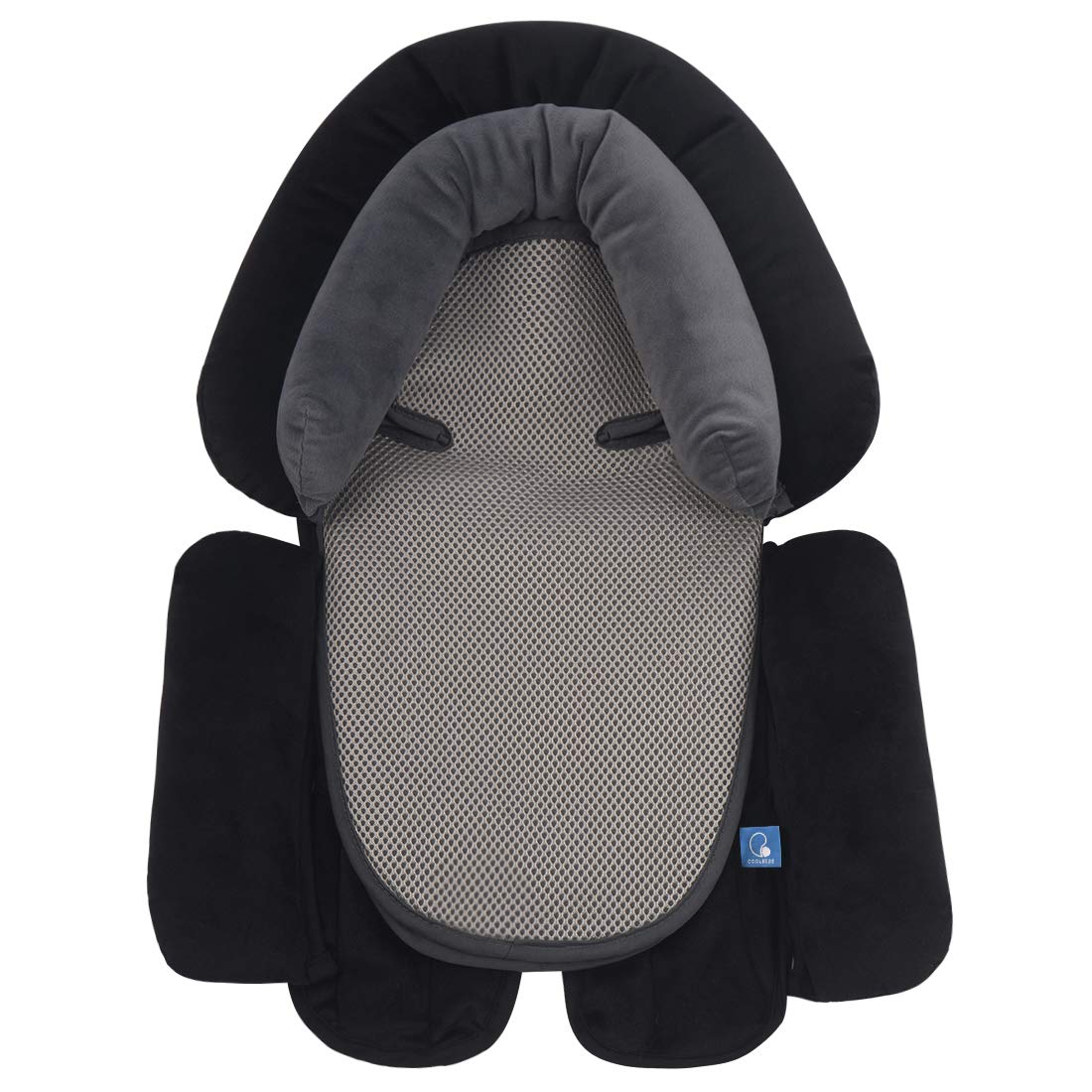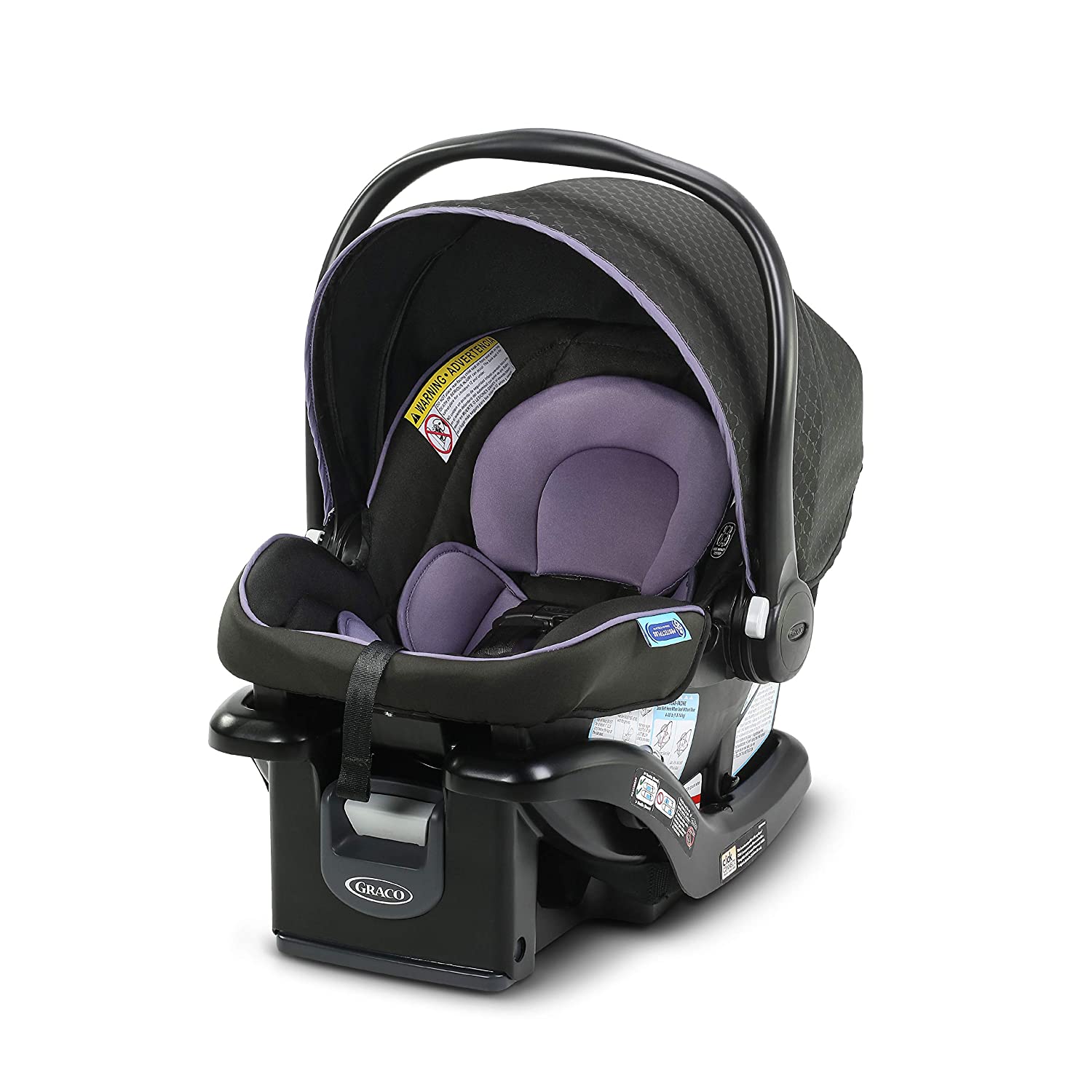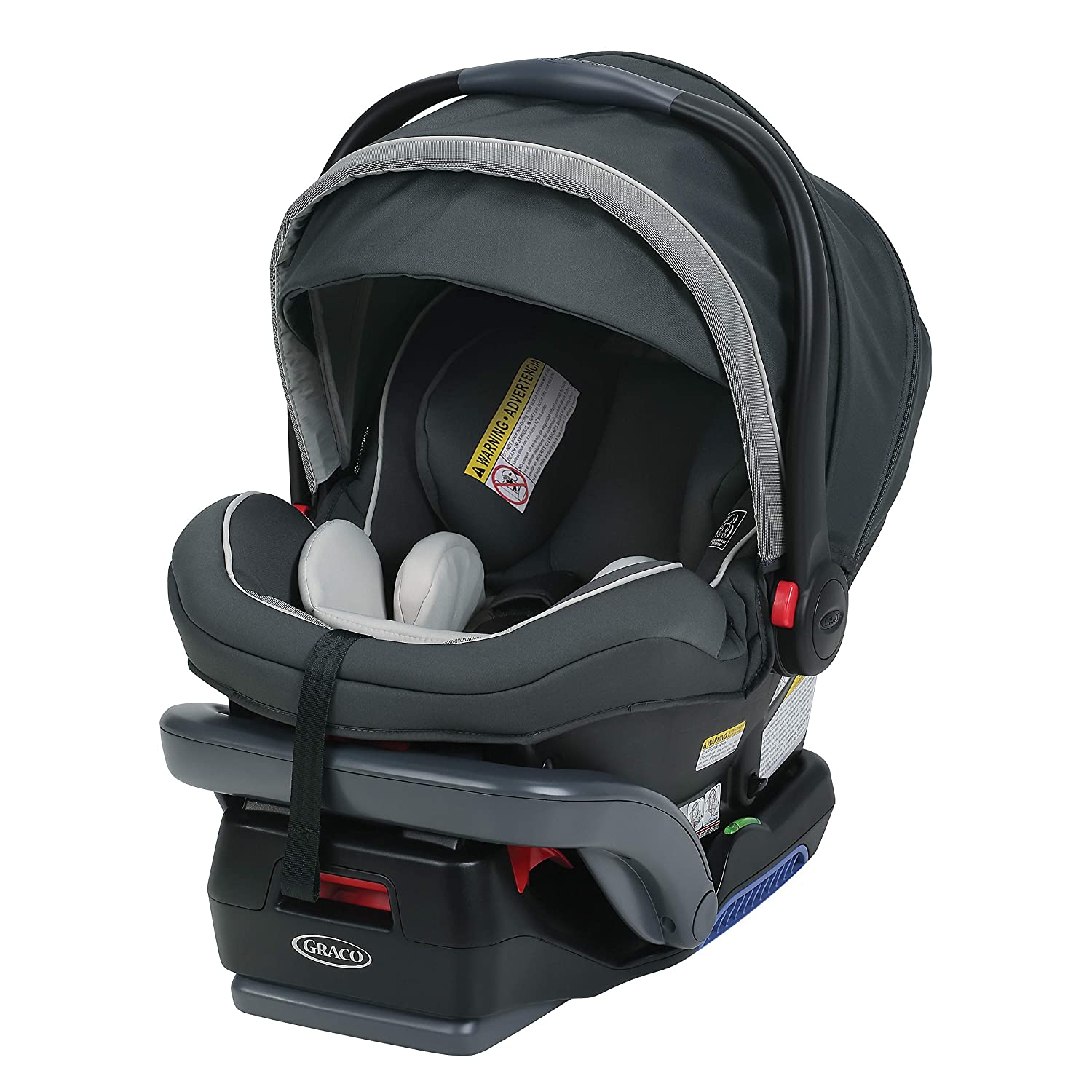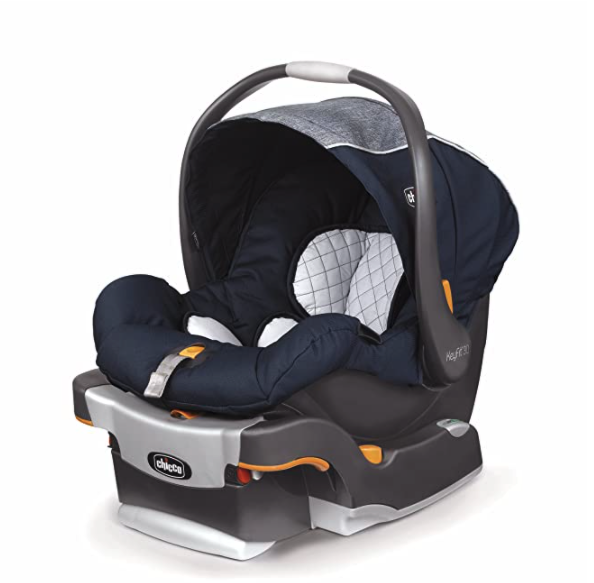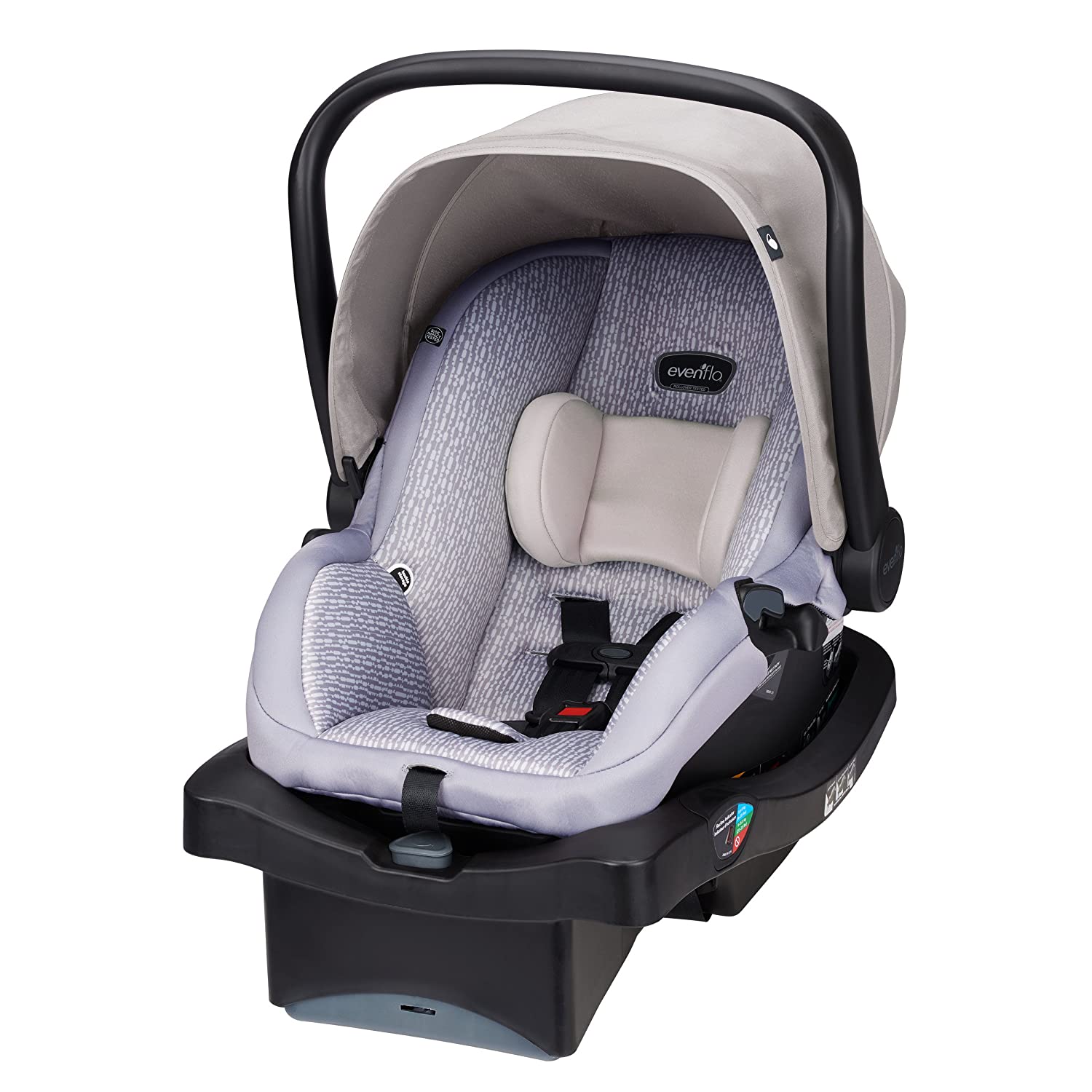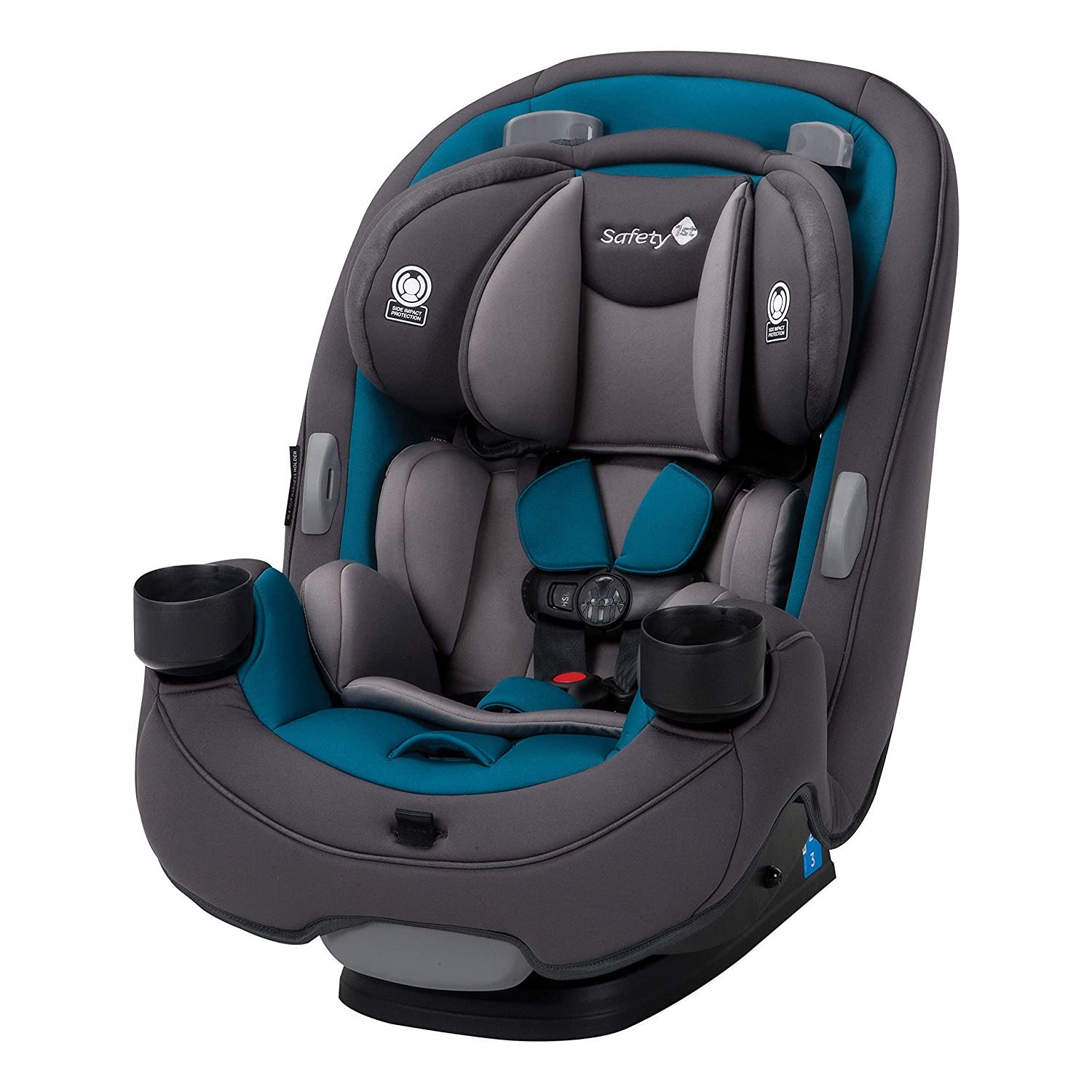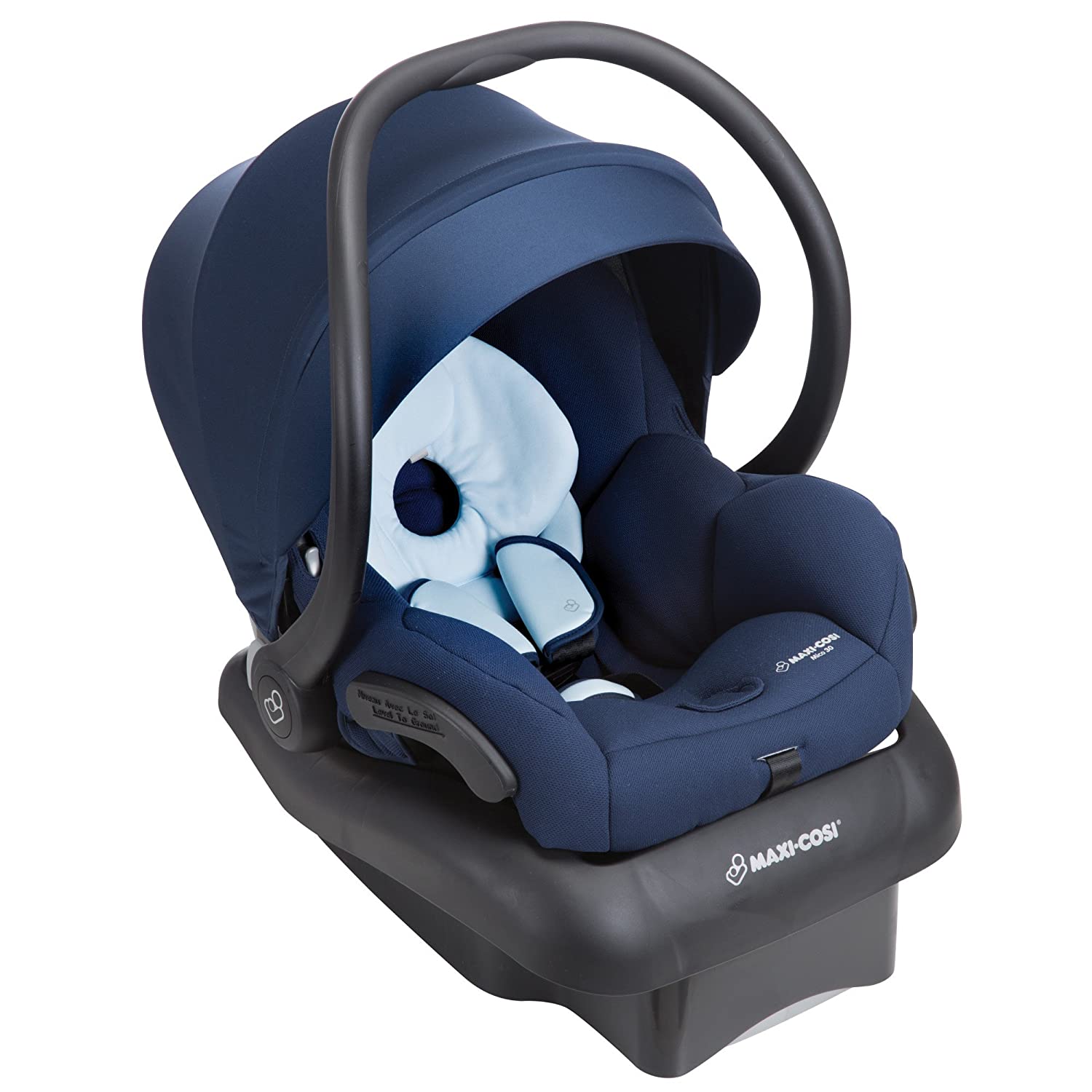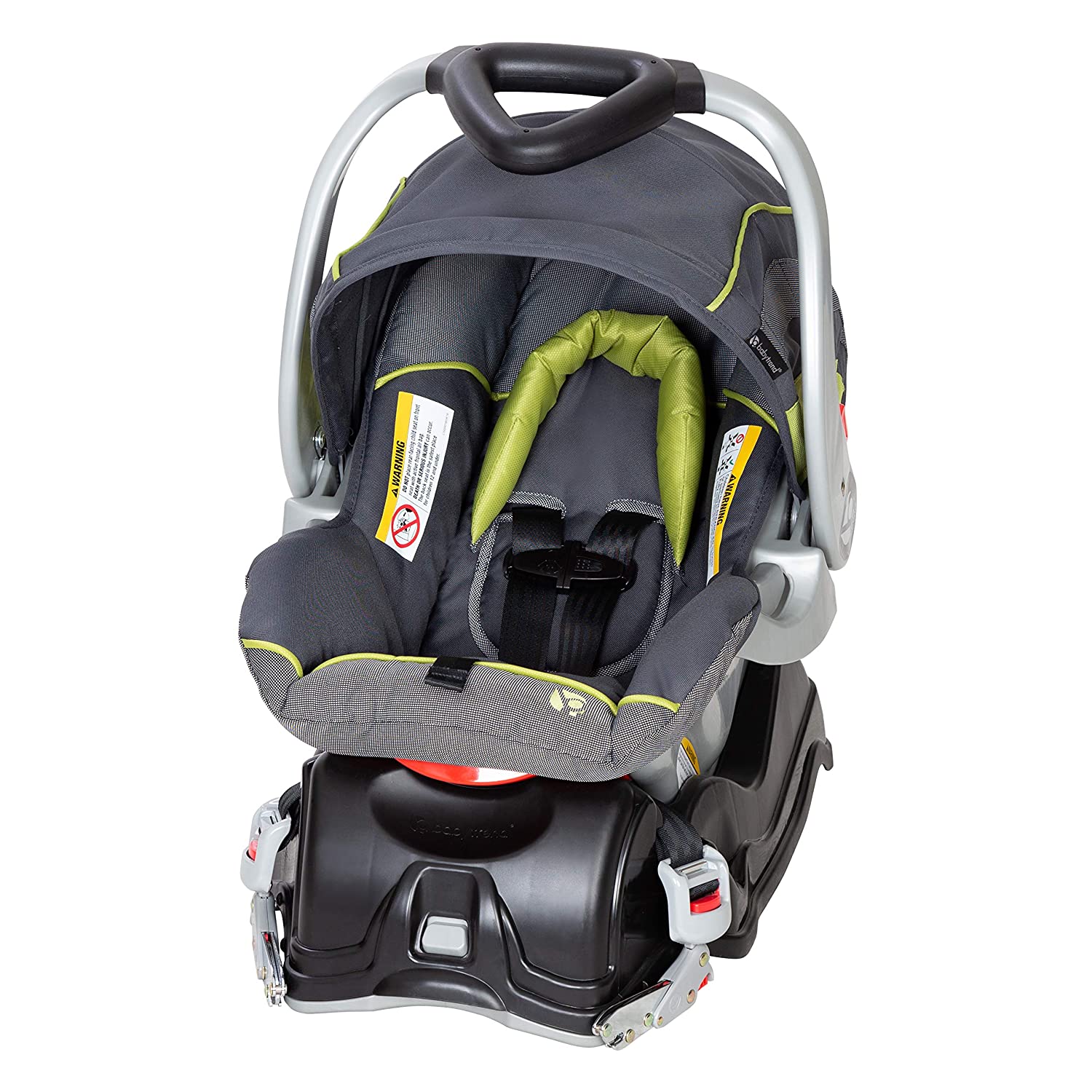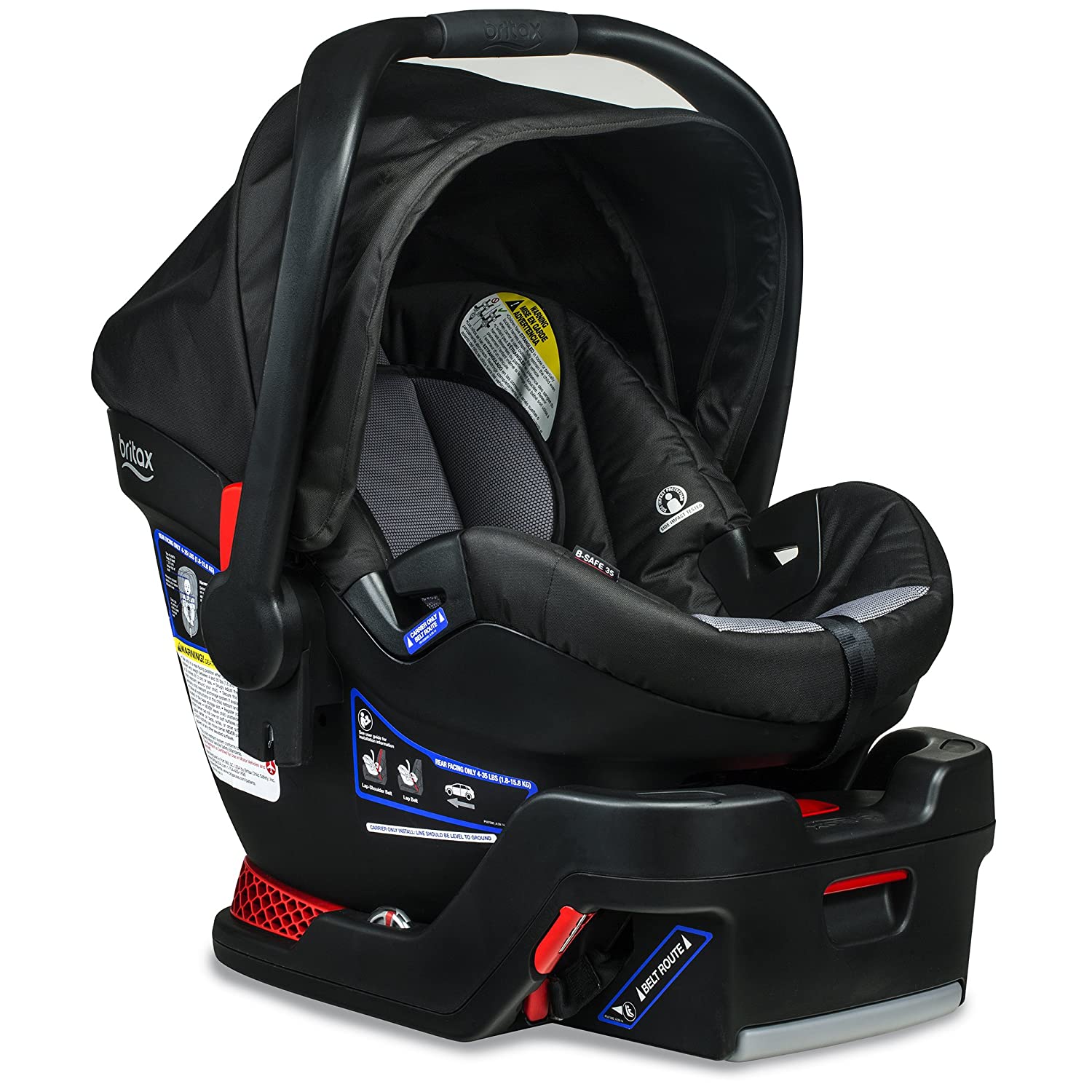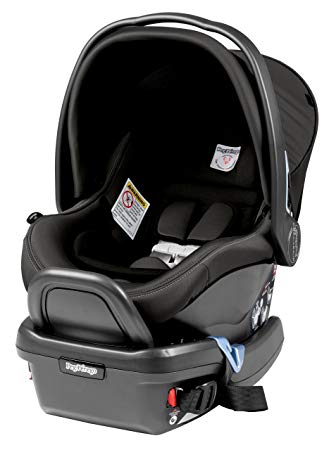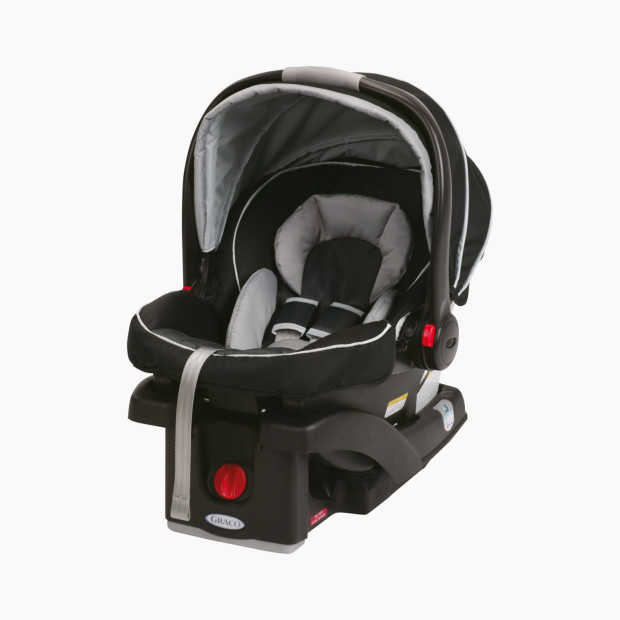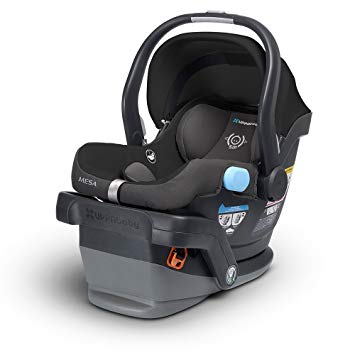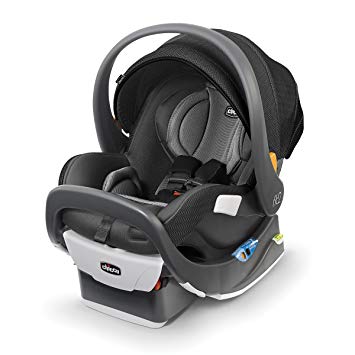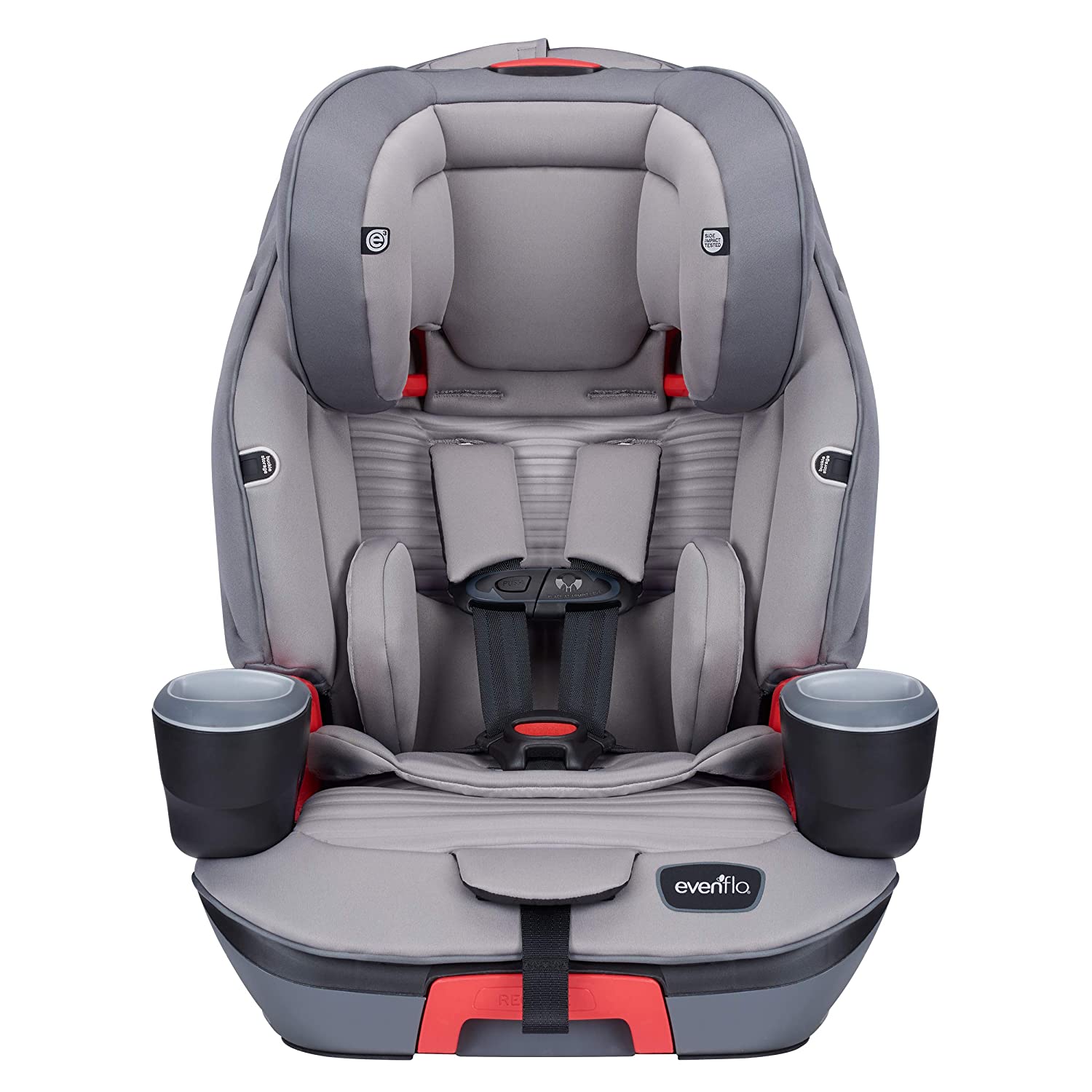COOLBEBE 3-in-1 Infant Car Seat Pillow Insert
Last updated: October 12, 2021
Give your baby the extra support he or she needs during those first few months of life with this infant car seat insert. The insert is designed to attach to any 5-point harness and can even be used in a stroller as well as a car seat. The hypoallergenic insert is also breathable and absorbent, which is welcome on a hot summer day.
We looked at the top Infant Car Seats and dug through the reviews from some of the most popular review sites. Through this analysis, we've determined the best Infant Car Seat you should buy.
Product Details
Key Takeaway: This infant car seat pad is easy to remove and clean in a washer and dryer.
In our analysis of 102 expert reviews, the COOLBEBE 3-in-1 Infant Car Seat Pillow Insert placed 2nd when we looked at the top 15 products in the category. For the full ranking, see below.From The Manufacturer
3-IN-1 REVERSIBLE: COOLBEBE Seat Liner baby car seat insert has a clever nested design, the sandwich mesh fabric liner is breathable and perfect for hot days. COOLBEBE Reversible Head Support is ultra-soft to the touch, absorbent, hypoallergenic, and is made for long-lasting. RECOMMEND AGE: Providing all-around body support for infants, from birth to 10 kg Removable infant inserts provides more room for larger babies, Ideal for newborn and premature babies, from preemie, newborn, up until the age of 12 months. VERSATILE: Two head supports combo, removable inner section, inner the thin part perfect for spring/autumn, two pieces combo fits for winter; Your baby will enjoy the super-soft velour fabric for comfortable support, perfect for all carriers, car seats, and strollers. COMFORT & PROTECTION: COOLBEBE Soft Baby Body Support was lovingly developed to keep baby supported, ultra-soft velour fabric for soft and comfortable, COOLBEBE Portable Changing Pad is Easy to remove, machine washable at cool temperatures and easy to clean. 100% LIFETIME MONEY BACK GUARANTEE: COOLBEBE Car Seat Insert Will Keep Your Stroller Neat and Organized and We Guarantee Satisfaction with a 100% Lifetime Support, if any questions or suggestions, welcome to contact, we will get back within 24 hours.
Our Expert Consultant

Gastroenterologist and adjunct assistant professor at Touro College of Osteopathic Medicine
Dr. Niket Sonpal is an adjunct assistant professor at Touro College of Osteopathic Medicine and clinical instructor at Kingsbrook Jewish Medical Center, Brooklyn, who specializes in gastroenterology.
He is a graduate of the Medical University of Silesia-Hope Medical Institute in Poland. After completing his residency in internal medicine at Lenox Hill Hospital, he was selected to be the 2013‐2014 Chief Resident at Lenox Hill Hospital–Northshore LIJ Health System. Dr. Sonpal completed his fellowship in gastroenterology and hepatology at Lenox Hill Hospital and continues his work in the field of medical-student and resident-test preparation. He now serves as the associate program director for the Internal Medicine Residency Program at Brookdale University medical center.
He is also the co‐author of several medical test prep books and serves as the chief operating officer for Medquest Test Prep and director of medical education for Picmonic Test Prep.
